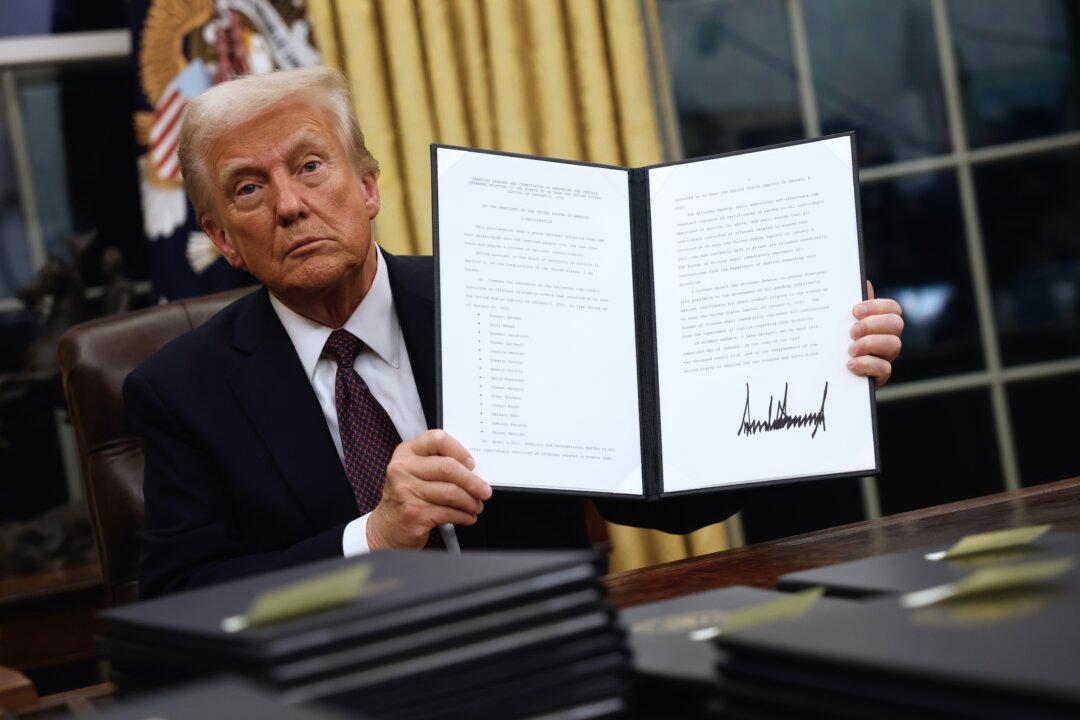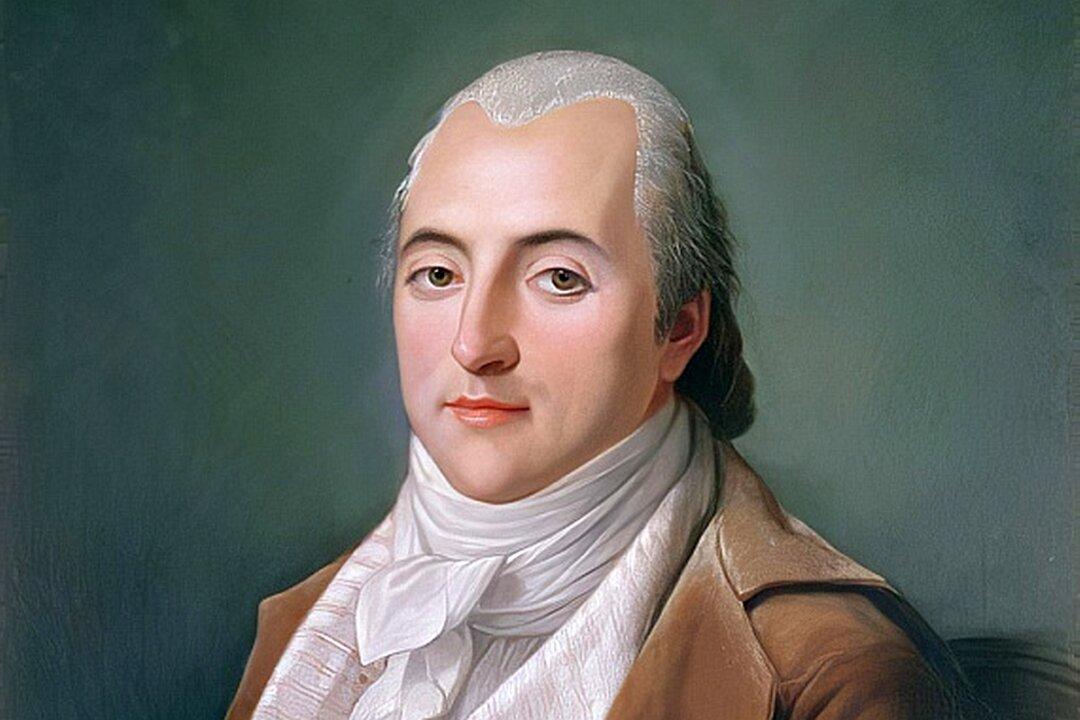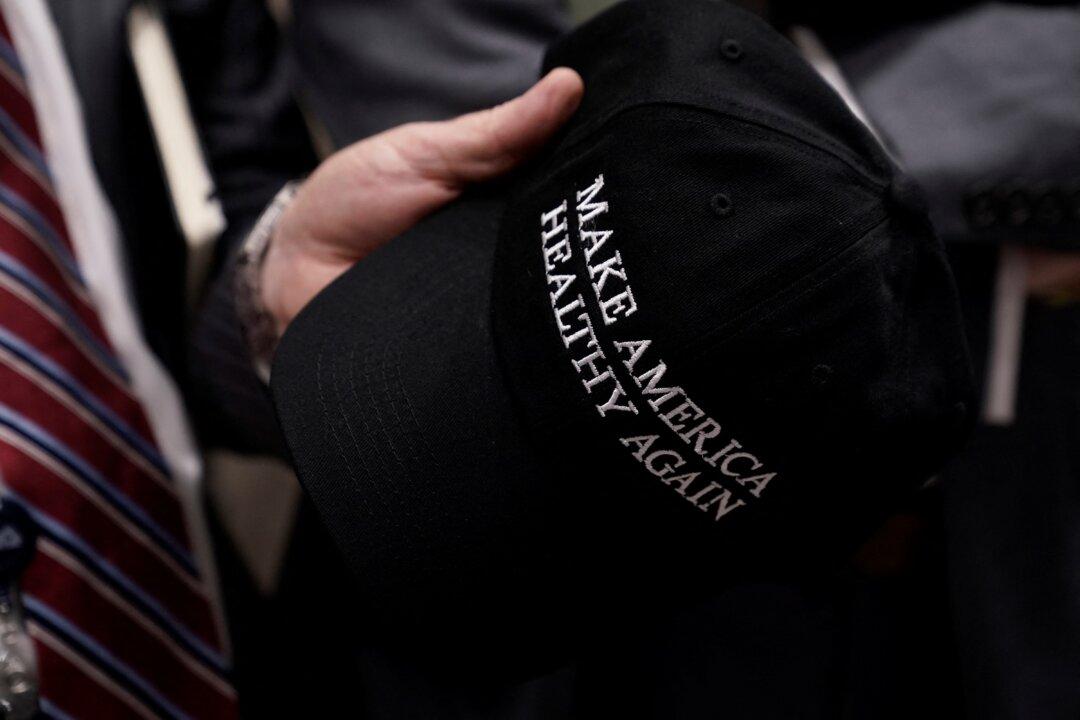There are few if any fashion rules remaining in American life. You are obviously aware of this. If not, just look around. We are painfully aware even when attending the symphony at the Lincoln Center in New York City. Jeans and sneakers are the norm, and anyone in black or white tie is presumed to be the conductor or star soloist.
That’s our world today. We’ve all adapted in some way, at least mentally and emotionally, if not in practice.
However, there seems to be one exception in the United States: the wearing of white only after Memorial Day. Most people know this, even if they don’t follow it, though many do. The rule is still muttered at cocktail hours and family gatherings and so on.
Consultant Roger Stone, for example, has been posting his seeksucker suit with the tagline: “starting Monday.” And people know exactly what this means.
Most people have no clue where the practice comes from or why such a preposterous social law governs what we wear and when.
Those who do know the origins assume it has something to do with what the elite do and thus reject it as an anachronism.
The reality is far more complex. In fact, the rule spread precisely as a way to tell the rich elite to jump in a lake. It was seen as thumbing one’s nose at the notion that only a small group knows what’s what. Good taste belongs to everyone in the American ethos. No small clique is allowed to monopolize it as in the old world.
Let’s go back in time to the 1870s and ‘80s, a time of widening prosperity, explosive technology, and growingly obvious class distinctions. The people in the major cities dealt with rising amounts of filth from manure everywhere to coal and wood and factories with soot. There was simply no possibility that anything could ever stay white. Wearing it anytime was out of the question.
But among the very well to do, there was growing interest in having a second or third residence in which to summer, a word newly deployed as a verb. These homes were beach resorts or small towns on the coast. The rich built large cottages for their families to live during the season. They hosted parties and consolidated their social belongingness.
These homes were closed most of the year but opened around Memorial Day. This was the start of the season. The point of wearing white at the start of the season, and ceasing to wear white at the close of the season, which was Labor Day, was to signal class attachment.
People usually underestimate how crucial it is for the very rich in all times and places to signal to each other who they are. They do this through parties, mating rituals, social registers, country clubs, casual talk about various homes, name dropping, art and music preferences, and so on. There are a million ways. The point is to believe oneself and one’s tribe to be set apart, special in some way, not part of the rabble of the rest of humanity.
For centuries and, really, all recorded history, dress is a key part of this. But America in the late 19th century posed special problems. We had clothing stores. Prosperity was spreading. Anyone could wear anything. Chimney sweeps wore coattails and top hats as a way of mocking the idea that only the rich could do it. It was this way everywhere.
But there were still things that old money could do alone. They could escape the city for the seaside during certain seasons. They clung to this tightly as a class moniker. Wearing white in season, away from prying eyes, became a proprietary method of class signaling, one with a big mote around it. Quite simply, the hoi polloi could never pull it off.
But America’s democratic and classless impulses are strong to the point of being ferocious. Our culture simply does not allow this kind of permanent hierarchy even in symbolism. Everything about our national character resists it. This is true for essentially everything including art and music and especially dress. There is no costume that can forever be reserved to them alone.
By the 1890s, then, and of course, the word about white on Memorial Day and after, easily leaked. Photographs were everywhere. Newspapers would write about it. “The ladies appear in white muslin or lawn dresses, with white parasols and hats trimmed with white flowers,” said the New York Times.
As the decades went on, the word spread that these fancy people think they can get away with a special way of being different. The masses of people said: to heck with that. We’ll figure out a way to wear white too!
This is how a pattern developed by the rich alone mutated to become a populist symbol of revolt against the elites. It became a common norm to demand that everyone wear white only in season as a way of telling the elites a thing or two. We can do this little trick too! There is nothing special about you! Everyone knows your stupid little secret and now we are adopting it also.
What was a private practice for a tiny group became a social norm as an act of hierarchical defiance. Could this have been just a flattering form of emulation? That is part of it but also the point: the goal is to be exclusive and separate, to engage in rituals that cannot be copied. They were copied anyway.
It is precisely for this reason that the seemingly preposterous rule took on such a high-value cultural currency. By the 1920s, it was solidified as a pattern and generalized practice. It stemmed from a passion to democratize signals of hierarchical class association, a rich and enduring tribute to American egalitarianism.
This is the only reason this strange rule, wholly unenforced but for the informal courts of taste and manners, is still with us today. You see, if everyone does this, reserving white clothing only for the proper season, it will serve as a permanent reminder to the ruling class about who is really in charge. In the United States, it is and always will be about the people and only the people.
I plead with you: do not be burdened by this rule. Be liberated by it. Your white clothing is making a statement. It is not a hat tip to elitism but precisely the reverse, an indication that you believe, just like our ancestors, that no one in America is set apart and special and entitled. We can all enjoy the fruits of this great country.
Conversely, if you decline to reserve your white clothing for only the season, you are conceding too much to the attempted consolidation of power. This is why this oddly strict and seemingly arbitrary idea keeps being passed down from one generation to another, and without explanation because no one remembers it.
Now you know.







